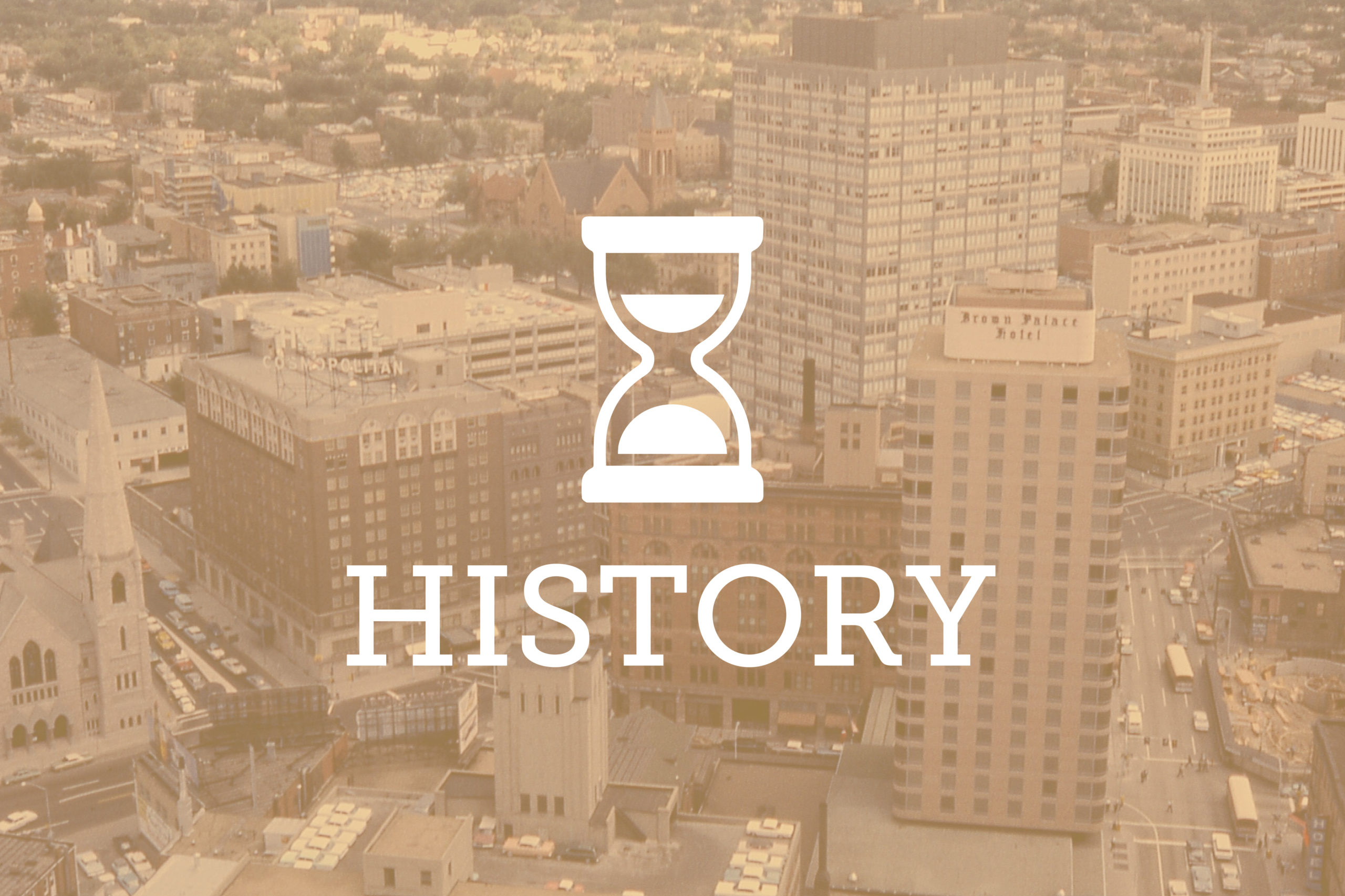
In the past couple of decades, the problem with water in the Denver metro has been a lack of it. But on Aug. 3, 1933, residents in Denver found themselves wading through several feet of standing water.
The chief engineer for the Denver Board of Water Commissioners, Dwight D. Gross, told the Denver Post the day after the disaster that “Approximately one and one-half billion gallons of water passed through Denver in six hours during and immediately after the flood.”
The cause of this abnormality wasn’t just the fault of nature, although it played its part. Early in the morning, a large rainstorm overwhelmed the Castlewood Dam, unleashing a wall of water 15 feet high headed straight to Denver.
The dam was built in 1889 with no machinery involved, according to Colorado State Parks. Men, mules and horses built the 600-foot-long and 70-foot-high dam over the course of 11 months, and they finished the project in October 1890.
But problems with the dam were known decades before its eventual collapse. The dam started leaking soon after its construction and less than a decade later, heavy storms washed out around 100 feet of the dam.
In 1900, the chief engineer of the dam A.M. Welles told the Denver Times, “The Castlewood Dam will never, in the life of any person now living or in generations to come, break to an extent that will do any great damage either to itself or others from the volume of water impounded, and never in all time to the city of Denver.”
Despite Welles’ statement, the mood toward the dam of many residents was not as bullish. The Rocky Mountain News, in an article published the day after the disaster, described the dam as “the menace hanging over [the] city for years.”
Despite the incredible size of the flood, there were only two deaths. Warnings by telephone allowed many people in the path of the flood to flee to higher ground in time.
In the aftermath of the flood, the city of Denver came up with a comprehensive flood-control program for Cherry Creek, leading to the still-standing Cherry Creek Dam, according to History Colorado.
But before the Cherry Creek Dam, there was the Kenwood Dam, construction on which began in 1935.
Business owners affected by the flood created the Denver Flood Control Association and worked to convince the federal government to construct a flood-control system for Cherry Creek.
The federal government weighed its options, among them the reconstruction of Castlewood Dam. While that never occurred, Congress did pass the Flood Control Act of 1941, which President Franklin D. Roosevelt signed into law in August 1941.
The lobbying paid off, as the Cherry Creek project was part of the $275 million appropriation. Then, in April 1946, a specific appropriation totaling nearly $3 million was given for the Cherry Creek work.
Three months later, construction began on the site of the Cherry Creek Dam, which dwarfed the Castlewood Dam at a planned 140 feet high and nearly three miles long. This dam also wasn’t the work of an independent engineer. The Army Corps of Engineers supervised the project, and work was completed in January 1950.
The total cost of the project came to an estimated $18 million, or more than $200 million in today’s money, according to the Bureau of Labor Statistics inflation calculator. But that investment would prove worthwhile when the Cherry Creek Dam helped to protect Denver from the South Platte Flood of 1965.

